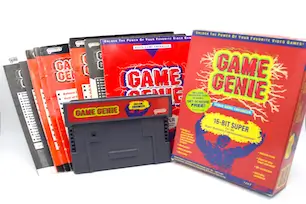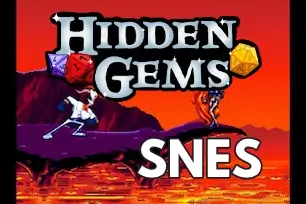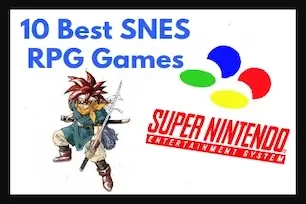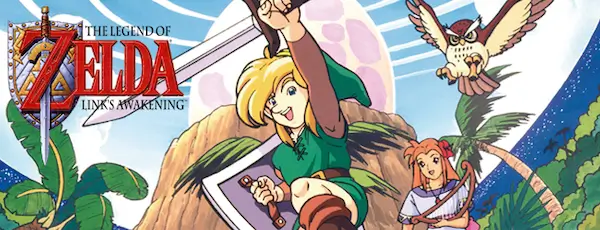
The Legend of Zelda is one of the most iconic video game series of all time. With over 51 million copies sold during its early decades, its legacy grew stronger through the 1990s—a golden era for Zelda fans.
Whether you're a collector, longtime fan, or new to retro gaming, here’s your complete guide to every major Legend of Zelda release from the '90s.
Explore the history of the original NES Legend of Zelda games to see how the franchise began before its 1990s evolution.
The Table of Contents
The Complete List of 1990s Zelda Games – Ranked by Release
From 16-bit classics to quirky CD-i experiments, let’s explore the Zelda 90s timeline.
The Legend of Zelda: A Link to the Past (1991–1992) 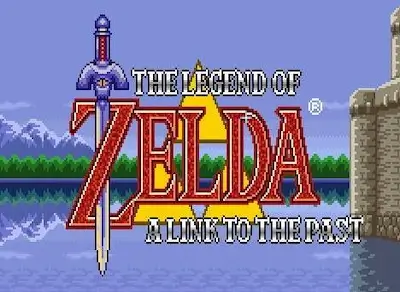
One of the most beloved 90s Zelda games, A Link to the Past debuted on the Super Nintendo Entertainment System. As the third installment in the franchise, it redefined the action-adventure genre with deeper puzzles, rich storytelling, and the debut of the now-iconic Master Sword.
- Region release: Japan (1991), North America/Europe (1992)
- Plot: Link must rescue Princess Zelda and confront the dark realm of Ganon’s influence.
- Notable feature: Dual-world mechanic between the Light World and Dark World.
A Link to the Past introduced foundational elements that would influence every Legend of Zelda game that followed. Check out the full game profile on IGN
- Have a copy to sell? Sell Zelda: A Link to the Past through The Old School Game Vault for fast cash or trade-in credit.
The Legend of Zelda: Link’s Awakening (1993) 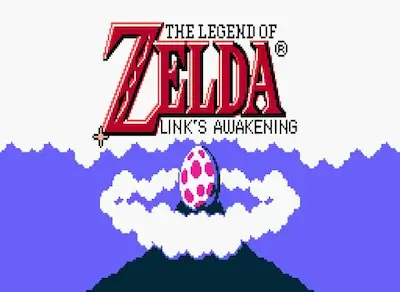
Originally launched for the Game Boy, Link’s Awakening was the first Zelda title set outside Hyrule. Trapped on the mysterious Koholint Island, Link’s mission revolves around waking the Wind Fish to escape a dreamlike realm.
- Releases: Game Boy (1993), Game Boy Color (as DX version)
- Setting: A surreal dream world filled with unique NPCs like Marin.
- Gameplay innovations: Introduced an item shop, trading sequence, and telephone hints.
This title’s strange, introspective tone helped Link’s Awakening stand apart in the Zelda 90s lineup.
Zelda: The Wand of Gamelon (1993 – Philips CD-i)
Infamous for its awkward cutscenes and oddball execution, The Wand of Gamelon was one of three Zelda games developed for the ill-fated Philips CD-i system. In a rare twist, you play as Princess Zelda.
- Notable for: Animated FMV cutscenes
- Gameplay style: Side-scrolling action with light puzzle-solving
- Legacy: Critically panned but a cult curiosity among retro collectors.
Link: The Faces of Evil (1993 – Philips CD-i) 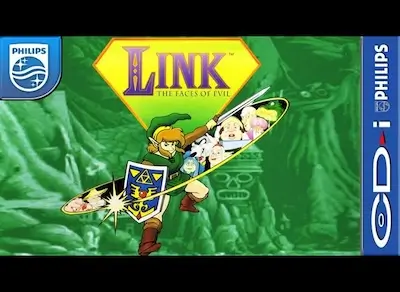
Released alongside Wand of Gamelon, this entry follows Link as he attempts to defeat Ganon in the land of Koridai.
- Gameplay: Cursor-based interactions and top-down exploration
- Visuals: Clunky FMV animations and unusual art design
- Platform: Philips CD-i
Despite its flaws, Faces of Evil is still a strange footnote in the Legend of Zelda 1990s history.
BS Zelda no Densetsu: Inishie no Sekiban (1997 – Satellaview)
This Japan-only Zelda game aired via the Satellaview, a satellite modem add-on for the Super Famicom. Players controlled an avatar resembling Link, solving puzzles in real-time broadcastevents.
- Unique features: Live-voiced events, timed dungeons
- Notable mechanic: Day/night cycle later used in Majora’s Mask
- Status: Rare and largely unavailable outside Japan unless emulated
Explore the full walkthrough and guide on GameFAQs
The Legend of Zelda: Ocarina of Time (1998) 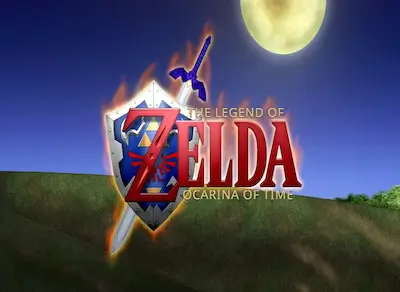
Considered one of the greatest video games of all time, Ocarina of Time revolutionized 3D gaming. Released on the Nintendo 64, it introduced a fully explorable 3D Hyrule, Z-targeting combat, and a sweeping cinematic story.
- Key locations: Kokiri Forest, Hyrule Castle, Death Mountain, Zora’s Domain
- Mechanics: Time travel between child and adult Link
- Legacy: Won Game of the Year in 1998; frequently ranks #1 in “greatest games” lists.
Looking for a complete-in-box copy? This title remains a collector favorite among Legend of Zelda 1990s enthusiasts.
SNES (1991–92)
Dual-world puzzles
Game Boy (1993)
Dream-based quest
N64 (1998)
3D adventure + time travel
Satellaview (1997)
Live-broadcast gameplay
Philips CD-i (1993)
FMV cutscenes, non-canon
Why the 1990s Zelda Era Still Matters
The 1990s were a defining decade for the Legend of Zelda. While not every title was a hit (CD-i, we’re looking at you), the innovations seen in A Link to the Past, Link’s Awakening, and Ocarina of Time shaped the future of action-adventure gaming.
- Want to relive the classics? Many of these 90s Zelda games are now available to play through Nintendo Switch Online + Expansion Pack
- Want to go beyond Zelda? Check out our picks for the best retro video game consoles of all time
Frequently Asked Questions
What Zelda games were released in the 1990s?
- Major Zelda games from the 1990s include A Link to the Past, Link’s Awakening, Ocarina of Time, BS Zelda, and the CD-i titles Wand of Gamelon and Faces of Evil.
What is the best 90s Zelda game?
- Many consider Ocarina of Time the best 90s Zelda game due to its 3D innovation, storytelling, and critical acclaim.
- A Link to the Past is one of my personal favorite Zelda games.
Can I still play 1990s Zelda games today?
- Yes, many 90s Zelda games are available through Nintendo Switch Online and the Expansion Pack, including A Link to the Past and Ocarina of Time.
Are the CD-i Zelda games part of the official timeline?
- No, the CD-i Zelda games are not considered part of the official Zelda timeline. They were developed by Philips under a licensing agreement.
Where can I sell retro Zelda games?
- You can sell your Zelda games at The Old School Game Vault, which specializes in retro titles like A Link to the Past and other SNES classics.




